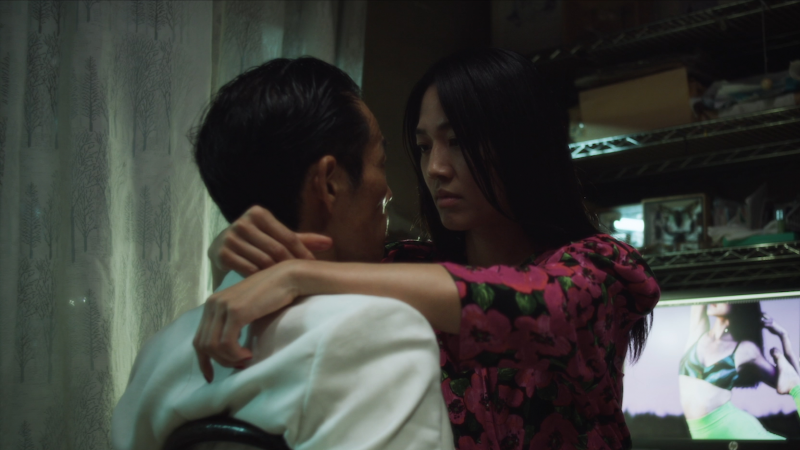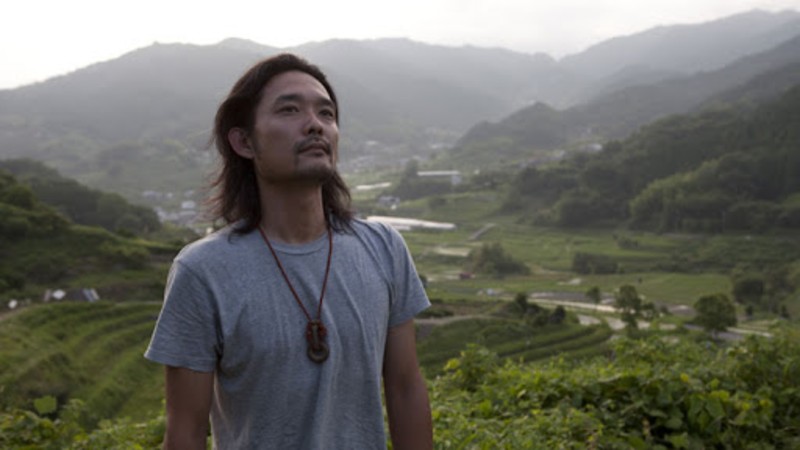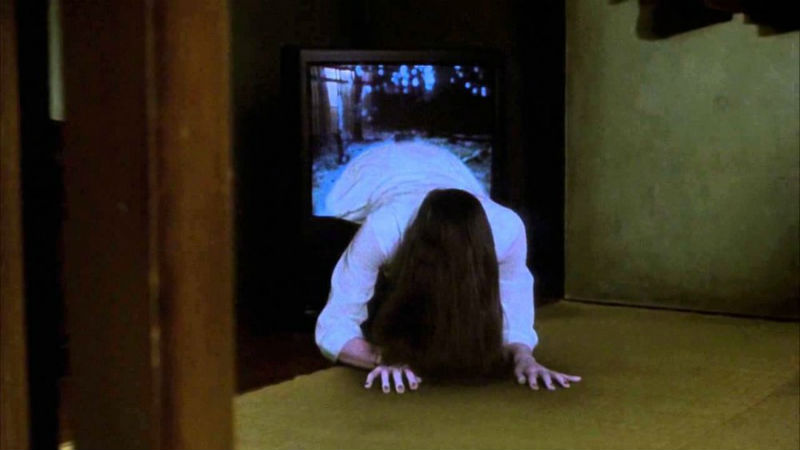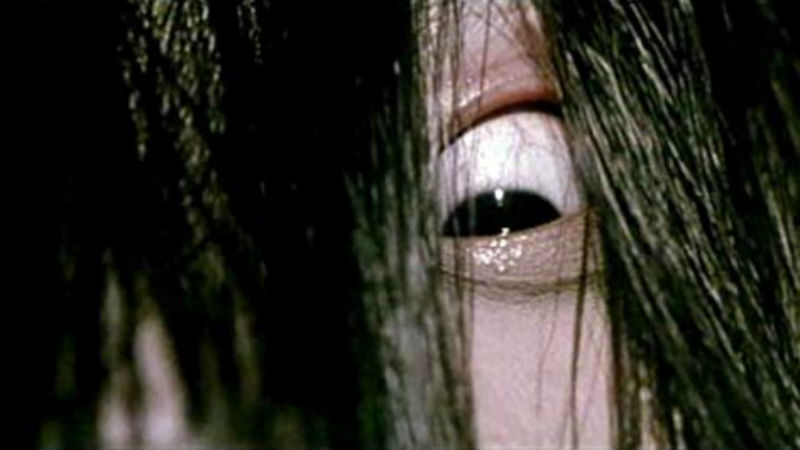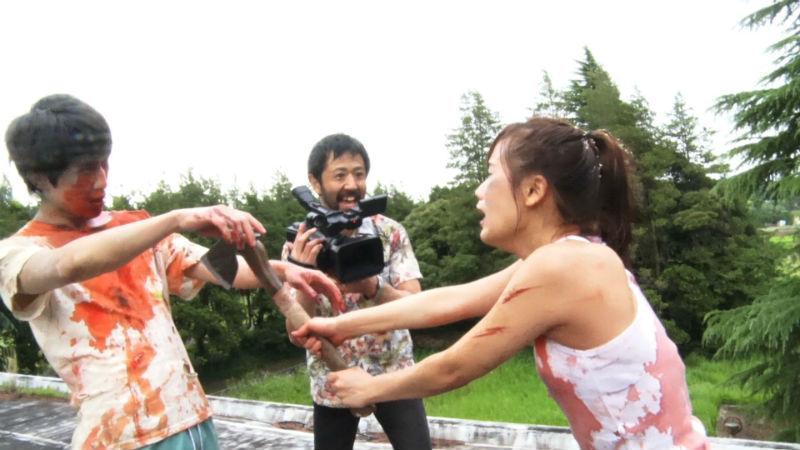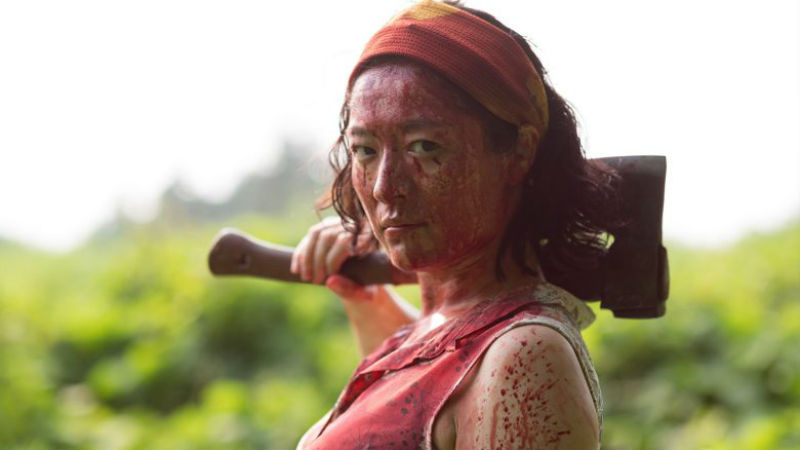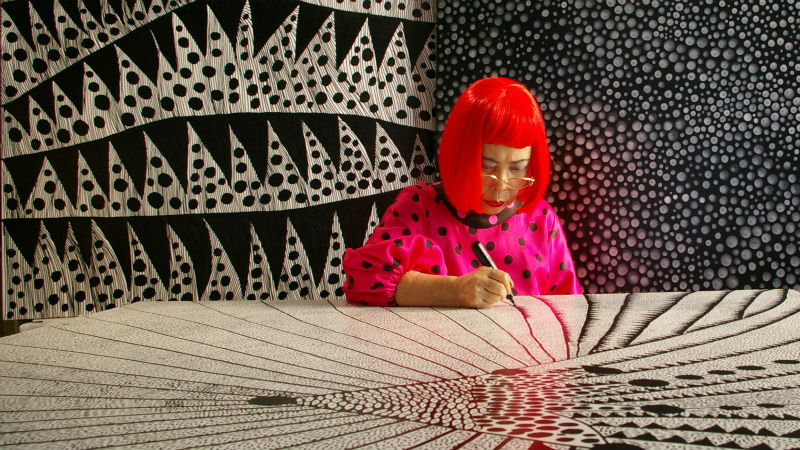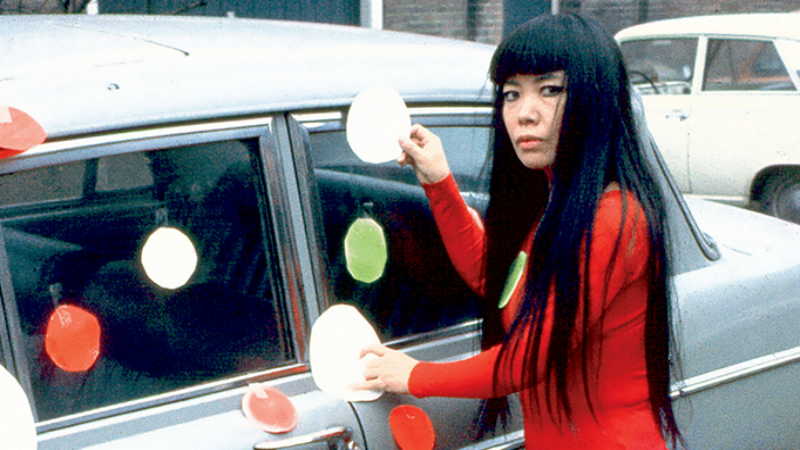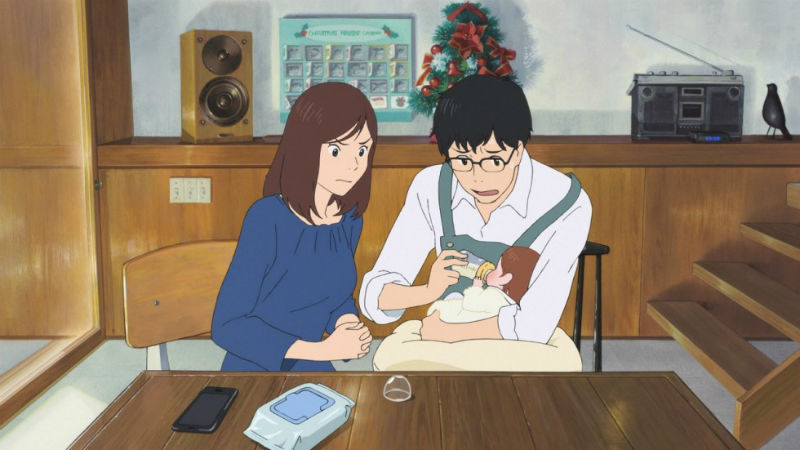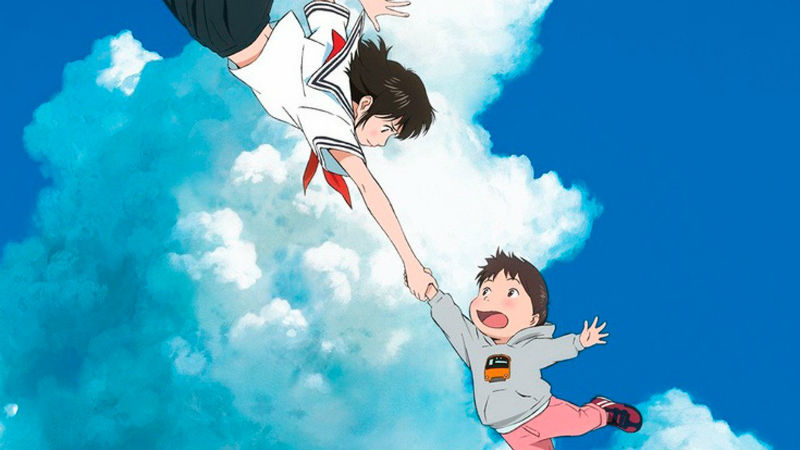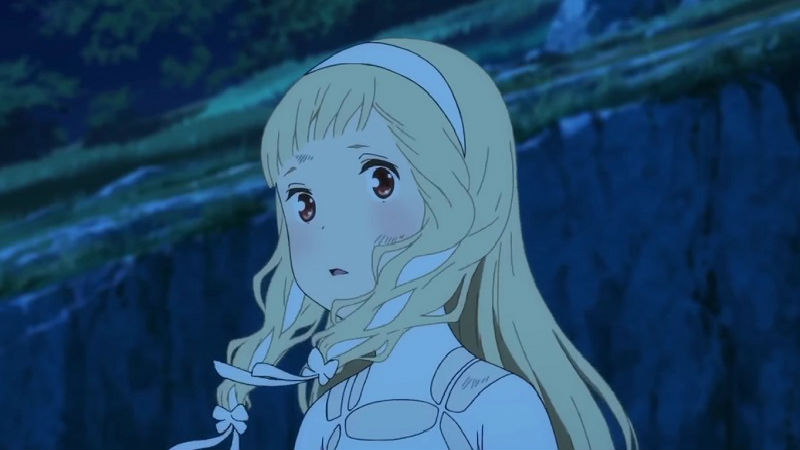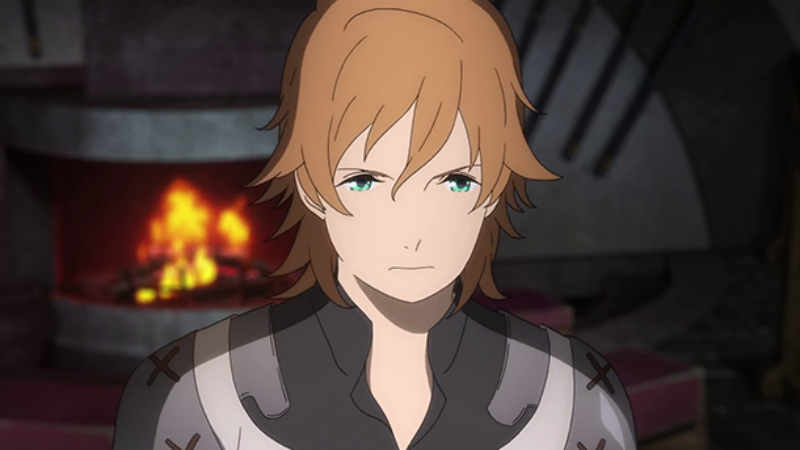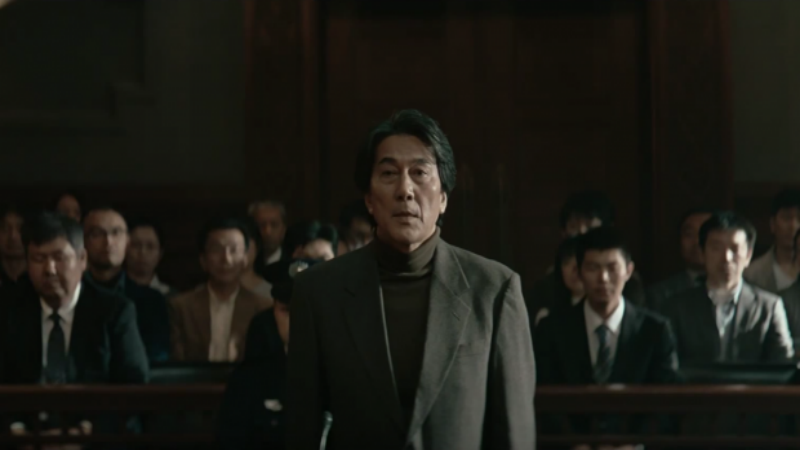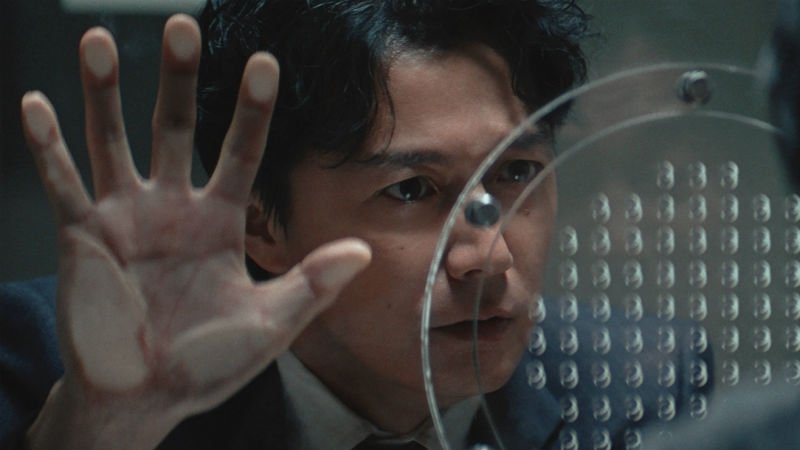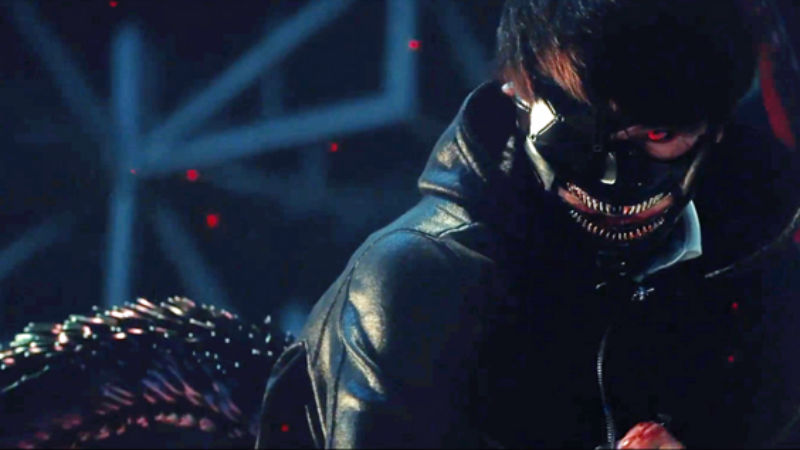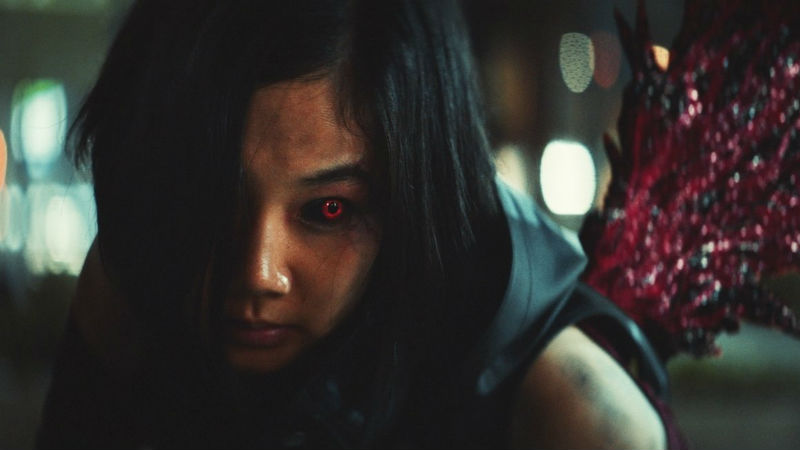QUICK SNAP: LIVE FROM TALLINN
A fascinating jumble of images exploring the extremity and isolation of existence, Dozens of Norths is the long-awaited and unique first feature from from legendary independent Japanese animator Koji Yamamura. Don’t expect traditional Japanese anime here: this is someone who has been blazing their own path outside of the studio system with short works for decades. Displaying an amazing sense of craft as well as a fine eye for striking, bizarre images, this is easily one of the standout films of the first feature competition.
The film opens on a series of world maps. They all point towards the area around the north pole, known for its dark nights, hardy people and cold weather. Yamamura presents the film as a series of unconnected and random fragments, a useful conceit as the movie explores the literal concept of meaningless. Don’t watch this if you’re in a bad mood, hungover or even drank too much coffee.
It feels purposefully like a dream, showing an author falling asleep and two smaller men walking away with his quill like arctic explorers. These are the Rosencrantz and Guildenstern of the piece, guiding us through a hellish landscape that feels inspired by both Dante and Kafka in its depiction of sadness and depravity. There is a man attached to a dying animal lingering on the edge of a cliff; a man suspended upside-down by a tiny thread, trapped by his own subconscious; a women’s head that’s also a construction site; and hordes of people engaged in tasks with no meaning at all. And like Dante’s Inferno, the world we see is horrific, but is is presented with great beauty; hand-drawn animation that is busy with off-kilter design, oddball character lines and a a real sense of the void.
Text periodically appears on the screen like small poems, featuring aphorisms like “anxiety erodes you”. With no dialogue in the film, you read it as much as you watch it, creating a poetic, silent movie feel. This is complemented by the through-composed music, which has elements of Beatles producer George Martin’s work, as well as New Orleans jazz and atmospheric sound design. You could easily imagine this work presented with a live performance. It all makes for an unsettling experience, but a steadily enjoyable one nonetheless. I’m just glad it was under 70 minutes. Any longer and the really dark thoughts might have come my way.
As well as genuine existentialism, the other message seems to be the alienation of existence under capitalism, especially the part where people are working constantly on a task despite never having met the manager. If we are walking through hell, then that presumes there is also a heaven; someone else having the time of their life at your expense. But release in a conventional sense doesn’t arrive, Yamumura opting for image over narrative every time. The result is one of the boldest animated features I’ve seen in a while, a journey through an animation world worthy of inclusion alongside the likes of Pixar, Hertzfeld and Miyazaki.
Dozens of Norths plays in the First Feature Competition at the Tallinn Black Nights Film Festival, running from 12th – 28th November.









